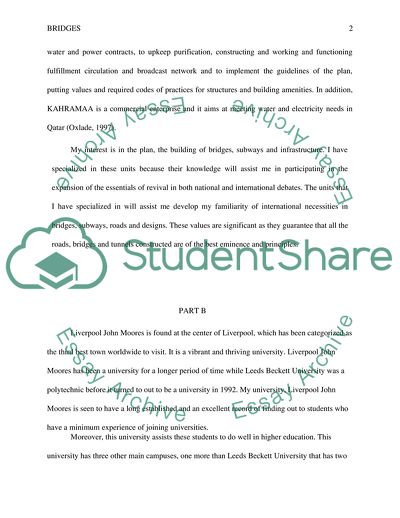Cite this document
(Civil Engineering: Bridge Project Plan Coursework, n.d.)
Civil Engineering: Bridge Project Plan Coursework. https://studentshare.org/engineering-and-construction/1868084-what-the-engineers-need-to-build-a-bridge
Civil Engineering: Bridge Project Plan Coursework. https://studentshare.org/engineering-and-construction/1868084-what-the-engineers-need-to-build-a-bridge
(Civil Engineering: Bridge Project Plan Coursework)
Civil Engineering: Bridge Project Plan Coursework. https://studentshare.org/engineering-and-construction/1868084-what-the-engineers-need-to-build-a-bridge.
Civil Engineering: Bridge Project Plan Coursework. https://studentshare.org/engineering-and-construction/1868084-what-the-engineers-need-to-build-a-bridge.
“Civil Engineering: Bridge Project Plan Coursework”. https://studentshare.org/engineering-and-construction/1868084-what-the-engineers-need-to-build-a-bridge.


